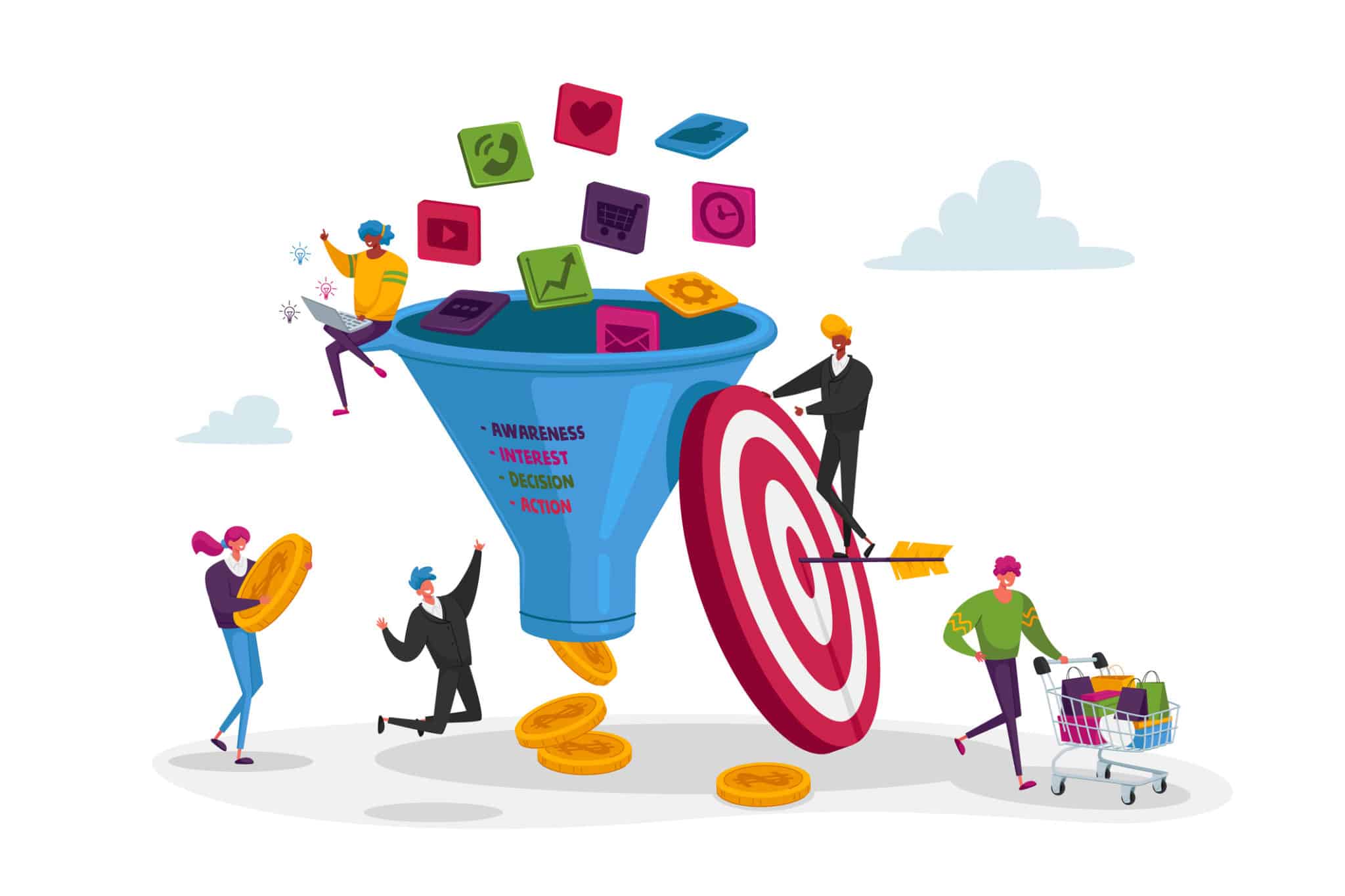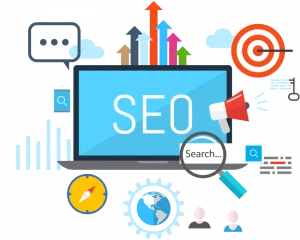The Race Is On: Why You Can’t Afford to Ignore Marketing Automation
Business moves fast. Customers expect speed, relevance, and a personal touch. Sales teams are under pressure to deliver results while keeping costs low. Marketers juggle dozens of tasks daily. This is where marketing automation changes the game especially for those wondering how to get more customers efficiently and effectively.
Marketing automation is no longer a trend. It’s a necessity. It helps businesses attract more leads, convert them efficiently, and retain them longer. In today’s digital-first world, not using marketing automation means leaving money on the table.
This article dives deep into what marketing automation really is, how it can skyrocket your sales, and how to avoid common mistakes. We’ll explore the tools, techniques, and trends shaping this powerful technology.
Let’s break it down.
What Is Marketing Automation? It’s More Than Just Auto Emails
At its core, marketing automation refers to the use of software to automate repetitive marketing tasks. These tasks include email campaigns, lead scoring, segmentation, social media posts, and even personalized content delivery.
The goal is simple: do more with less.
The Brains Behind the Machine
A solid marketing automation system includes several key components:
- Lead management: tracking and nurturing contacts across the sales funnel
- Segmentation: dividing your audience by behavior, location, or needs
- Drip campaigns: sending pre-written messages based on a schedule or action
- Behavioral triggers: automating messages based on actions like clicks or downloads
- Analytics: measuring what’s working and what’s not
Tools That Power Automation
Several platforms have become household names:
- HubSpot: Ideal for inbound marketing and small businesses
- Mailchimp: User-friendly and great for email-centric campaigns
- Marketo: Suited for enterprises with complex automation needs
- ActiveCampaign: Focuses on email, CRM, and behavioral data
- Pardot: Salesforce’s answer to B2B automation
Manual vs. Automated: There’s No Contest
Traditional marketing involves guesswork and constant manual effort. With marketing automation, the system tracks, scores, and responds to leads without human intervention. You set the rules; the platform takes care of the rest.
That’s a productivity upgrade no marketer should ignore.

How Marketing Automation Boosts Sales Like Nothing Else
Every marketer wants more conversions. Every salesperson wants more qualified leads. Here’s how marketing automation delivers on both fronts.
Warm Up Your Leads Automatically
Cold leads rarely convert. With marketing automation, you can nurture leads through tailored drip campaigns until they’re ready to buy. Each interaction is timely, relevant, and engaging.
This isn’t just good marketing it’s strategic lead generation.
Turn Data into Dollars
The power of marketing automation lies in its analytics. You can see exactly where leads are in the sales funnel, how they behave, and what content drives action.
This real-time data improves conversion rate dramatically.
Personalization That Scales
Imagine personalizing messages for thousands of contacts. Sounds impossible? Not with marketing automation.
You can use behavioral triggers to send messages based on:
- Website visits
- Email opens
- Link clicks
- Product views
This keeps the customer journey fluid, intuitive, and responsive.
More Sales, Less Busywork
Automated tools reduce time spent on mundane tasks. You set up workflows once, and they run in the background. This lets your team focus on high-value activities like closing deals.
You can learn more at: https://fortunatos.io/
Features That Make Marketing Automation Incredibly Powerful
Let’s look at the features that turn marketing automation from useful to essential.
Email Workflows that Feel Human
You can build advanced workflows that respond to user behavior. Whether it’s a welcome email or a follow-up offer, it’s all automated and timely.
CRM Integration to Keep Sales and Marketing Aligned
Most tools offer native CRM integration. This ensures your sales team sees the full picture every touchpoint, every action, and every lead score.
It bridges the gap between marketing efforts and sales success.
Smart Social Scheduling
Scheduling posts across platforms saves time and ensures consistency. Marketing automation tools offer dashboards to manage all channels from one place.
Built-In Testing and Reporting
A/B testing is a breeze. You can test subject lines, send times, or content types. Then, review detailed reports to guide your strategy.
Dynamic Content and Segmentation
Dynamic content shows different messages based on who’s reading. Combined with deep segmentation, this boosts engagement and conversions.

From Zero to Hero: Real-World Wins with Marketing Automation
Let’s look at how businesses across industries use marketing automation to dominate their markets.
Case 1: SaaS Startup Closes 3X More Deals
A small SaaS firm used marketing automation to create personalized onboarding flows. Result? A 62% boost in activation rate and 3x higher paid plan upgrades.
Case 2: E-commerce Store Grows ROI by 40%
An online retailer used drip campaigns triggered by cart abandonment. It recovered 28% of lost sales. Add in post-purchase follow-ups, and ROI soared by 40%.
Case 3: B2B Agency Cuts Lead Time in Half
A marketing agency automated their lead scoring and content delivery. High-quality leads were handed to sales faster, cutting the deal cycle by 50%.
Smart Moves to Nail Your Marketing Automation Setup
Even the best tools can fail without a solid strategy. Here are proven ways to implement marketing automation that actually drives results.
Set Crystal-Clear Goals
Before you launch any campaign, define what success looks like. Is it more leads? Higher sales? Better retention? Clear goals keep your efforts focused.
Slice and Dice Your Audience
Segmentation is the backbone of effective marketing automation. Group your contacts by demographics, behavior, purchase history, or engagement levels.
This precision boosts relevance and improves your conversion rate.
Craft Content That Speaks to Your Buyer
Automated messages must still feel human. Create content that educates, entertains, and nudges prospects through their customer journey.
Test Often, Tweak Always
Use A/B testing to experiment with emails, landing pages, and workflows. Analyze results and refine continuously for peak performance.
Bring Marketing and Sales Together
Align both teams through shared goals and data. Use your CRM and automation tools to hand off leads smoothly and track progress.
Watch Out! Common Pitfalls That Can Trip Up Marketing Automation
Even experienced marketers fall into traps when using marketing automation. Here’s what to avoid.
Overdoing Automation Don’t Lose the Human Touch
Too many robotic emails can alienate customers. Balance automation with real conversations, especially in later stages of the sales funnel.
Dirty Data Kills Campaigns
Bad contact info, outdated preferences, or duplicate entries harm your automation. Clean your databases regularly to keep everything running smoothly.
Tools That Don’t Talk to Each Other
Lack of integration between your CRM and automation platforms causes data silos and lost leads. Pick systems that sync easily.
Skipping Staff Training
Automating marketing is a team effort. Train your staff to understand workflows, interpret data, and handle exceptions manually when needed.
The Next Wave: What’s Next for Marketing Automation?
The future of marketing automation is bright and full of promise. Let’s peek into emerging trends.
AI-Powered Insights and Predictive Analytics
Artificial intelligence will make automation smarter. It can predict which leads will convert and suggest the best actions to take.
Chatbots and Conversational Marketing
Automated chats that feel natural can engage visitors 24/7, capture leads, and answer questions instantly.
Hyper-Personalization
Going beyond basic segmentation, AI will customize offers at an individual level, dramatically improving conversion rate.
Cross-Channel Automation
Integrating email, SMS, social media, and more will allow seamless experiences across platforms, following customers wherever they go.
Wrapping It Up: Why Marketing Automation Is Your Best Sales Partner
Marketing automation is transforming how businesses connect with customers. It brings speed, personalization, and efficiency to sales and marketing.
To succeed:
- Start with clear goals
- Choose the right tools
- Build meaningful campaigns
- Keep data clean
- Always test and improve
Don’t let your competition outpace you. Leverage marketing automation to sell more, smarter, and faster.





